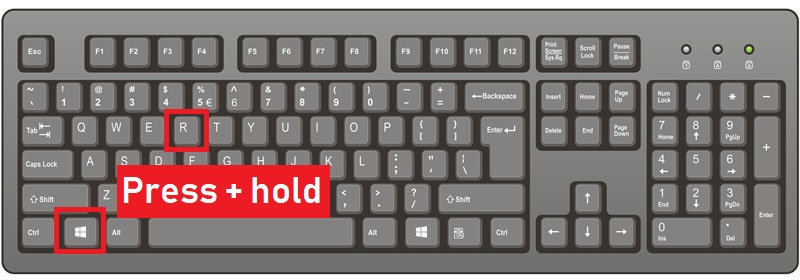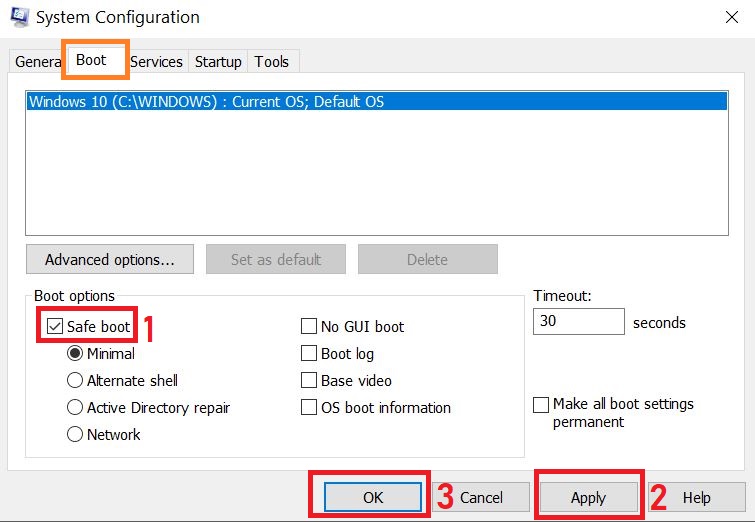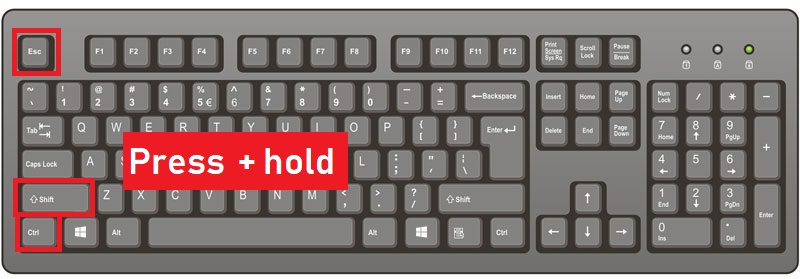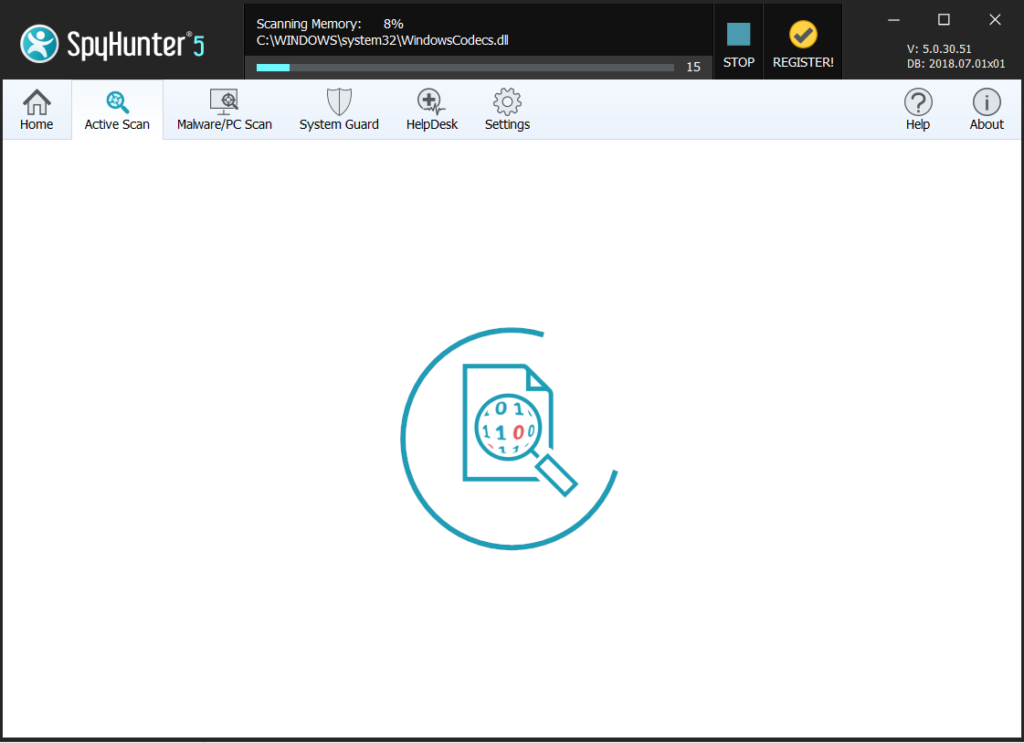 This article has been created in order to help explain what is the latest variant of Meka ransomware virus and how to remove it from your PC plus how you can try and recover files that are appended the .meka file extension.
This article has been created in order to help explain what is the latest variant of Meka ransomware virus and how to remove it from your PC plus how you can try and recover files that are appended the .meka file extension.
The notorious STOP ransomware that encrypts files and then extorts victims to pay ransom in BitCoin in order to get them to open again has been detected in yet another variant. The new version of STOP uses the .meka file extension. It’s main goal is to slither on your PC undetected and then encrypt your files after which add a ransom note file, called “_readme.txt”. This note is the extortion note that threatens you that if you do not pay ransom you won’t see your files again. If you want to know more about Meka ransomware and how you can try to remove it and try to recover your files, we recommend that you read this article underneath.
| Threat Name | Meka virus |
| Category | Ransomware virus. |
| Main Activity | Infects the computer after which encrypts important documents and holds them hostage until a ransom is paid. |
| Signs of Presence | Files are encrypted with a .meka file extension which has a unique ID and the e-mails of the crooks and ransom note is dropped with ransom instructions. |
| Spread | Via malicious e-mail spam and set of infection tools. |
| Detection+Removal | DOWNLOAD REMOVAL TOOL FOR Meka virus |
| File Recovery | Download Data Recovery Software, to see how many files encrypted by Meka virus ransomware you will be able to recover. |
Meka Virus File – Update November 2019
Meka virus relies on drive-by downloads to enter without the knowledge of the PC user. There are two ways for this ransomware to enter. First, the person may authorize the installation without knowing that he is about to load a virus. Second, Meka virus may become active after the person clicks on some corrupt link or email attachment when he doesn’t expect to download any software at all. If you don’t want to risk letting advanced ransomware like Meka virus enter, you should never download programs from randomly appearing sites. You should perform this task solely from the legitimate official platforms, where it is guaranteed that you will not download any harmful application. You should also be very careful when you receive email attachments from people you don’t know. The hackers may deploy various complex Trojans via spam email campaigns, because this way they reach thousands of people quickly and cheaply. It is also advisable to be vigilant when you connect external devices to your machine. If you attach a USB infected with Meka virus, it may quickly spread to the computer without asking you for permission.
Meka virus performs a complex encryption process via advanced ciphers, which makes all personal files inaccessible. However, this operation takes time. If you click on a corrupt email attachment or download fake software updates, which contain Meka virus, you may not experience any issues during the first few hours. Once the Meka virus ransomware modifies the structure of your data, you will notice a lockdown message on your desktop. From this moment on, it will not be possible to open the locked files. If you lack a recent backup, you may lose crucial documents, photos, images, presentations, videos or other information. The only files that Meka virus may spare will likely be associated with essential Windows processes. If they get modified as well, your whole PC may fail to launch, which means the hackers will never receive any payments. You can easily find out which files are encrypted by Meka virus by their extension. The ransomware changes the default one to its own one. In addition to it, you will also notice an email address, which will be unique and anonymous. The hackers want you to contact them this way and pay the ransom, which is in Bitcoins.
Which Files May Get Affected by Meka Virus Ransomware?
Meka Virus Ransomware serves as a typical file-encoding Trojan. As soon as it gets access to your machine, this cryptomalware will perform a quick scan to find the paths to all of your personal files. The targeted data includes all MS Office documents, your precious photos and videos, your databases, the program files, etc. Only a few files such as the ones related to the core Windows processes may be spared. Once the operation ends, you will notice a threatening lockdown message on your desktop and the default file extension will become ‘.dll’. The cyber criminals give the victims only several days pay the ransom of Bitcoins, or else they threaten to delete forever the decryption key. The purpose of this frightening message is to shock the person and make him act irrationally. The victims often feel as the only solution to the issue is to pay the money. In reality, all specialists unanimously recommend not to follow the instructions of the hackers for several different reasons.
When the Meka virus infects your computer, it drops the following ransom note, called _readme.txt:
ATTENTION!
Don’t worry, you can return all your files!
All your files like photos, databases, documents and other important are encrypted with strongest encryption and unique key.
The only method of recovering files is to purchase decrypt tool and unique key for you.
This software will decrypt all your encrypted files.
What guarantees you have?
You can send one of your encrypted file from your PC and we decrypt it for free.
But we can decrypt only 1 file for free. File must not contain valuable information.
You can get and look video overview decrypt tool:
https://we.tl/t-514KtsAKtH
Price of private key and decrypt software is $980.
Discount 50% available if you contact us first 72 hours, that’s price for you is $490.
Please note that you’ll never restore your data without payment.
Check your e-mail “Spam” or “Junk” folder if you don’t get answer more than 6 hours.To get this software you need write on our e-mail:
[email protected]Reserve e-mail address to contact us:
[email protected]Our Telegram account:
@datarestoreYour personal ID:
How to Protect Yourself from Meka Virus Ransomware?
This ransomware may cause huge and often irreversible damage to the affected machines. Fortunately, you can prevent the infection as long as you are vigilant during your online sessions. This Trojan isn’t known to use some unique methods to infiltrate the defenses of your computer. The most probable cause for Meka Virus Ransomware to enter is via spam emails. You may receive a message with a shocking content, encouraging you to either click on a malicious link or download a compromised file. The hackers have a whole arsenal of tools to manipulate you into doing so. For example, they may claim to represent an international bank or some popular shipping company. If they address you without mentioning your name, the email is probably a scam and you should ignore it. Unfortunately, if you simply click or download the infected file, your action will most likely be enough to activate the harmful codes of [Meka Virus Ransomware. In this case, only a credible security solution may be able to prevent the forthcoming damage.
How to Delete Meka virus Ransomware and Decrypt Your Files for Free?
The main reasons not to pay the ransom are two. First, you may not receive the promised unlocking key even after doing exactly as the hackers demand. They often scam the victims because the Bitcoin platform doesn’t allow refunds and the people have no way to get their money back. The second reason not to finance cyber criminals is that your money will only motivate them to create more aggressive ransomware like Meka Virus. On the other hand, if their attacks are in vain, they may stop spamming the web with such malicious Trojans. These parasites require quite some efforts to be created professionally and spread efficiently.
Once you decide not to pay the ransom, there are several other ways that may help you decrypt your personal files. You should begin the attempts by removing all traces of the malware. If you fail to delete Meka Virus Ransomware properly, it may decrypt your files once again in the future or spread to other connected devices. The manual removal is not the recommended solution since it requires expert-level knowledge in computers. The most reliable tactic is to use dedicated security software that has added Meka Virus Ransomware to its database. Once the scan finishes, you should try some of the programs for restoration of files or the integrated System Restore feature. If you are lucky enough to have a spare copy of your files on some external device, you can import them back to your computer safely.
Preparation before removal of Meka virus:
1.Make sure to backup your files.
2.Make sure to have this instructions page always open so that you can follow the steps.
3.Be patient as the removal may take some time.
Step 1: Reboot your computer in Safe Mode:
Step 2: Cut out Meka virus in Task Manager

Step 3: Eliminate Meka virus‘s Malicious Registries.
For most Windows variants:
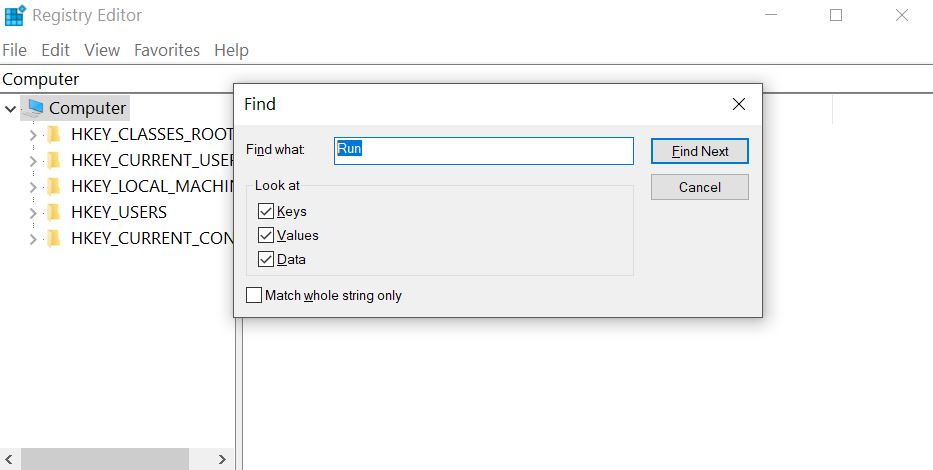
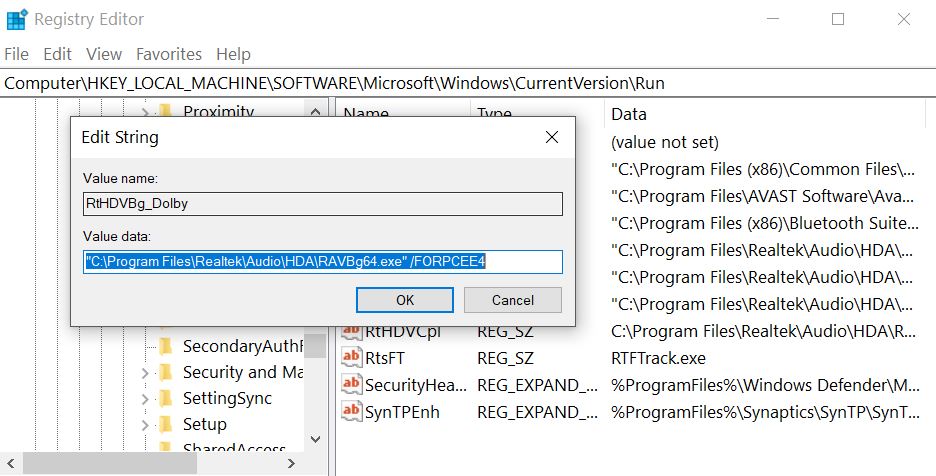
Step 4: Scan for and remove all virus files, related to Meka virus and secure your system.
If you are in Safe Mode, boot back into normal mode and follow the steps below
It is advisable to run a free scan before committing to the full version. You should make sure that the malware is detected by SpyHunter first.
Step 5:Recover files encrypted by the Meka virus Ransomware.
Method 1: Using Shadow Explorer. In case you have enabled File history on your Windows Machine one thing you can do is to use Shadow Explorer to get your files back. Unfortunately some ransomware viruses may delete those shadow volume copies with an administrative command to prevent you from doing just that.
Method 2: If you try to decrypt your files using third-party decryption tools. There are many antivirus providers who have decrypted multiple ransomware viruses the last couple of years and posted decryptors for them. Chances are if your ransomware virus uses the same encryption code used by a decryptable virus, you may get the files back. However, this is also not a guarantee, so you might want to try this method with copies of the original encrypted files, because if a third-party program tampers with their encrypted structure, they may be damaged permanently. Most of the currently available decryptors for ransomware viruses can be seen if you visit the NoMoreRansom project – a project that is the result of combined efforts of researchers worldwide to create decryption software for all ransomware viruses. Simply go there by clicking on the following LINK and find your ransomware version decrypter and try it, but always remember to do a BACKUP first.
Method 3: Using Data Recovery tools. This method is suggested by multiple experts in the field. It can be used to scan your hard drive’s sectors and hence scramble the encrypted files anew as if they were deleted. Most ransomware viruses usually delete a file and create an encrypted copy to prevent such programs for restoring the files, but not all are this sophisticated. So you may have a chance of restoring some of your files with this method. Here are several data recovery programs which you can try and restore at least some of your files:

